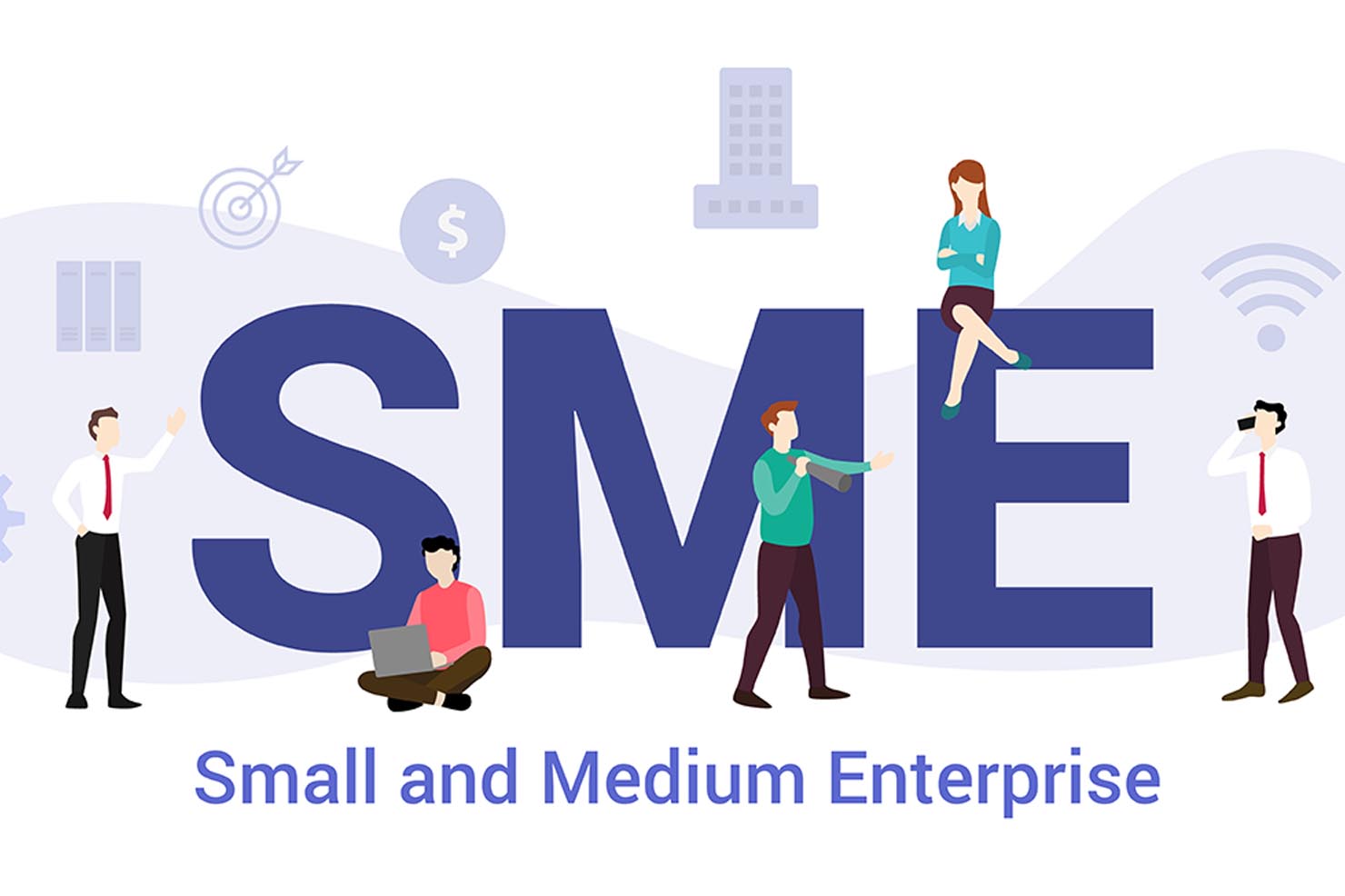New Year, New Message: How to Nail Your Start-of-Year Comms


We know that effective internal communication is essential for the success of any organisation, and small and medium-sized enterprises (SMEs) are no exception. In fact, some would argue that internal comms is often even more critical for SMEs, as they often have fewer resources and a more closely-knit team.
Throughout my career, I’ve worked for a mixture of large organisations and SMEs (including family-run businesses) and, with that in mind, for this week’s musings, I thought I’d share some tips and strategies for making internal comms work for SMEs.
Before implementing any internal communication strategy, it is important to define your communication objectives. What are you hoping to achieve through your internal communication? Do you want to increase employee engagement? Improve collaboration? Boost productivity? Having clear objectives will help you determine what types of communication methods and channels are most appropriate for your organisation.
There are many, many different communication channels available, and it is important to choose the ones that will be most effective for your SME. For example, email will almost certainly be the most used channel within your organisation, and it may still be the most appropriate channel for formal announcements or updates. But instant messaging may be better for quick questions or less formal conversations. Other channels to consider include intranet portals, social media platforms, video conferencing, and, of course, face-to-face meetings.
One of the biggest barriers to effective internal communication is a lack of openness and transparency. And, in my personal experience, some SME owners have been guilty of assuming that communication was open and free-flowing simply because of the small size of their business. This is not necessarily the case.
Regardless of the size of your organisation, always encourage employees to share their ideas and opinions, and make it clear that all feedback is welcome. This can be done through regular team meetings, suggestion boxes, online forums, or an e-platform that facilitates interactive chat, Q&A and polling – anonymity optional!
Ensure that feedback, queries, concerns, and suggestions are not only welcomed, but also acknowledged and responded to. Asking for input and ignoring it when it arrives will damage trust and discourage future participation in similar incentives.
Consistency is key when it comes to internal communication. Make sure that all employees receive the same information at the same time, and that messages are consistent across all communication channels. This is also where your tone of voice comes into play – it’s important to keep that consistent, too, as it helps to create a unified and coherent message, ensuring that employees understand your values, culture, and goals. If your tone of voice changes frequently, it can make employees feel uncertain or suspicious about the company's intentions. By maintaining a consistent tone of voice, we can demonstrate our commitment to transparency and honesty, building trust and fostering a positive workplace culture.

Visuals and multimedia can be a powerful tool for internal communication, and should absolutely not be exclusive to larger corporations or internationals. They can help to convey complex ideas more easily, and can make communication more engaging, impactful, and memorable. This are particularly important in today's fast-paced work environment, where employees may have limited time (or attention span!) for lengthy or complexcommunication. Consider using infographics, videos, or images to convey important information or to illustrate and reinforce key points.
Visual aids can also be used to inject creativity and personality into internal comms. By using images and videos, we can create a more engaging and memorable experience for our employees. This can help to foster a positive workplace culture and encourage our people to be more creative and innovative in their own work. Video messages also allows for a more personal touch, portraying empathy and authenticity that the written word can struggle to convey.
Empowering employees means giving them the tools, resources, and information they need to take ownership of their work, make decisions, and contribute to the success of the company. One of the most important ways to empower employees through internal communication is by encouraging two-way communication, as covered in “open communication” above. Regular updates are also essential for keeping employees informed about company news, developments, and changes. By providing regular updates, we can ensure that our employees have the information they need to make informed decisions and take ownership of their work. Regular updates can also help to foster a sense of trust and transparency, as employees feel that they are being kept in the loop.
Finally, it is important to celebrate successes across your organisation, regardless of your employee count. When something is working well, celebrate it! This can be done through recognition programmes, awards, or any other form of public recognition. Celebrating successes will improve motivation and help with morale, loyalty and commitment. Encourage peer-to-peer recognition for the double whammy of positive vibes for both giver and receiver of recognition.
Effective internal communication is critical for the success of small and medium-sized enterprises. By following these simple tips, SMEs can create a communication strategy that engages employees, improves collaboration, and ultimately drives success. And if you’d like some friendly help in getting yours bang-on, we’re just a quick email or call away.



